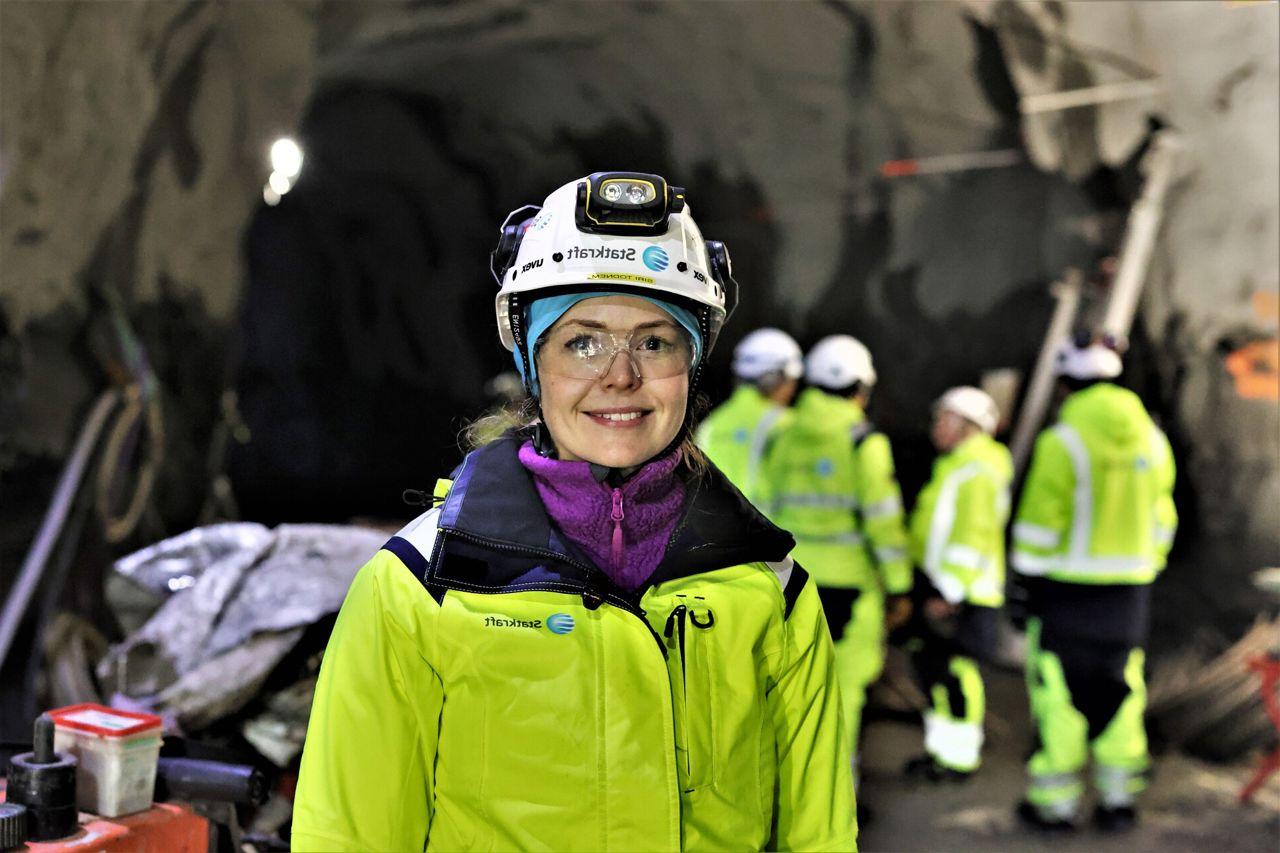
The most common 太阳能发电 myths…and why they’re not true
In Statkraft’s recently released Low Emissions Scenario for 2050, 太阳能发电 promises to play a major role in electrifying the world. This is largely due to the rapid technological development, 成本下降, 以及太阳能的效率提高. But for some, when they hear the word ‘solar’, they remain sceptical.
Too costly, not efficient enough, or it won’t work where I live, are among the arguments ‘against’ this green energy source.
为了弄清真相, we enlisted the help of Statkraft’s Solar 工程 Manager Paolo Pizzorni, who after 15 years in renewables (and hundreds of MW of 太阳能发电 to his name) is more than ready to set the solar record straight.
These are the top 3 太阳能发电 myths, and why they simply aren’t true.
|
保罗: So long as there’s daylight, you can convert solar radiation into electricity using solar cells. And during the night, when the sun is on the other side of the planet, you can’t. So, even if it’s cloudy or raining during the day, you can still capture the benefit of solar radiation, just to a lesser extent – around 10% of what you capture on a sunny day. |
保罗: It’s not heat that’s converted into electricity, but rather it’s the electromagnetic radiation that’s converted. Many think that the hotter it is, the more electricity is generated. But a solar panel reacts to heat much like your phone or computer – less efficiently. Solar generation is at its most optimal under sunny and cool conditions, 比如欧洲的春天. That’s the season when we see our top production rates. |
Solar is unstoppable, according to Statkraft’s Low Emissions Scenario
With these popular solar myths now busted, it’s easy to see why Statkraft’s Low Emissions Scenario predicts such a bright future for this renewable energy source. 已经是2022年了, solar was the main contributor to the record-breaking growth in renewables, with net additions of nearly 22 GW. 这一趋势将在2023年继续, 有了它, we are seeing an increasing appetite for investment in solar.
“正如十大靠谱网赌在报告中所说, power generation from photovoltaic solar panels is a very established technology that even after decades of use, it’s still seeing rapid technological development – both in terms of efficiency gains and cost reductions. This makes it a global frontrunner in our scenario, with expectations of massive growth to come,保罗说。.
























